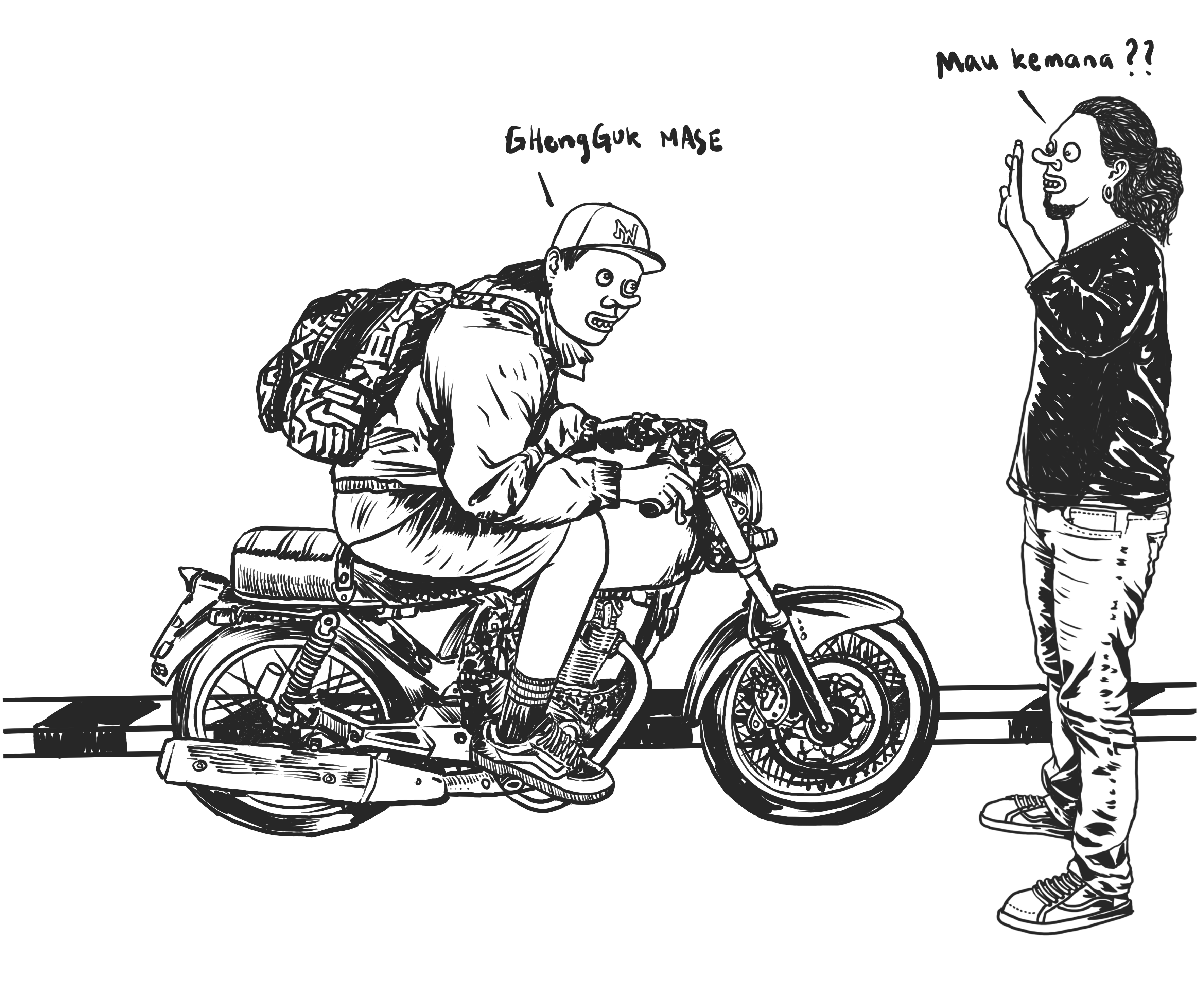
This book examines the role of art collectives in Indonesia in advancing contextual education. It focuses on six art collectives from diverse geographical areas: Jatiwangi art Factory (Majalengka), Sudut Kalisat (Jember), Tepian Kolektif (Berau), Forum Sudut Pandang (Palu), KAHE (Maumere), and Indonesia Art Movement (Jayapura). The research is based on the premise that art collectives often provide complementary educational approaches, addressing specific local needs that formal schools may overlook. These collectives, with members spanning multiple generations, develop and implement their own educational and pedagogical methods to preserve their core values.
In this book, I explored the Sudut Kalisat collective in Jember, focusing on their archival practices, methods of collective regeneration, and collaborative approaches. Through discussions with members of the collective, I was drawn to the term ghengguk (a Maduranese word meaning "doing something in spare time"), which they frequently use to describe their way of working together. Ghengguk represents a fluid state between work and leisure, echoing the Latin origin of the word school (scholē), which means "leisure dedicated to learning." This concept captures the collective’s unique blend of creativity, collaboration, and education.
Through the concept of ghengguk, Sudut Kalisat organizes its annual archival exhibition, Kalisat Tempo Doeloe. Each year, collective members engage in a process they call sejarah (local term for silaturahmi or social visits), conducting field research by visiting homes in the village and speaking with historical witnesses. The insights they gather are refined through informal conversations during ghengguk sessions and subsequently shaped into a specific theme. This inclusive process involves a diverse range of participants, from elementary school students to employees, from laborers to shamans. The research findings are presented through various creative formats, including exhibitions, performances, installations, discussions, jingles, merchandise, and even entertainment, reflecting the collective's dynamic and participatory approach to storytelling and education.
The case studies reveal that Kalisat Tempo Doeloe has evolved into an annual, context-driven learning space. It serves as a platform for exploring grassroots history, practicing productive archiving, developing organizational management skills, engaging in fundraising, and expressing creativity through art. The activities are closely tied to participants' everyday lives, fostering curiosity and strengthening social cohesion throughout the process.
Read the book